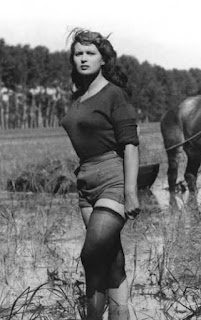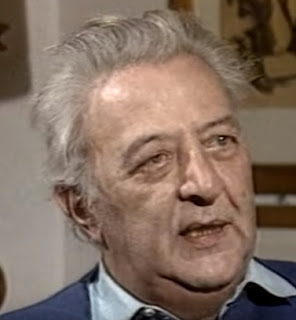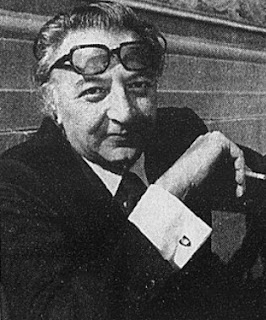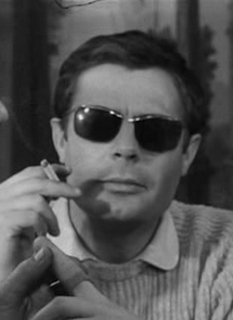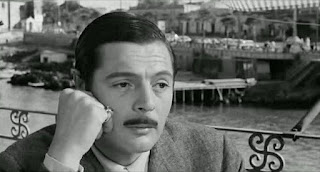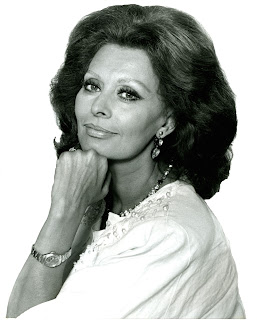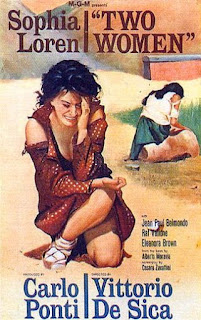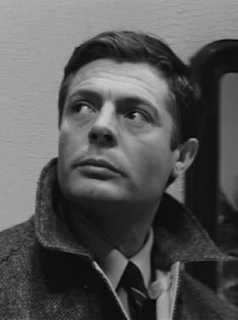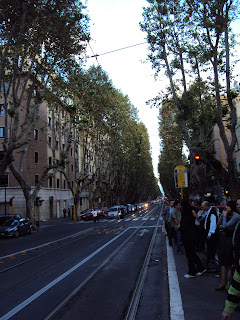Half of a successful partnership with brother Vittorio
 |
| Paolo Taviani has been active in Italian cinema for more than 60 years |
With his brother Vittorio, who was two years his senior and died in April of this year, he wrote and directed more than 20 films.
Among their triumphs were Padre Padrone (1977), which won the Palme d’Or and the International Federation of Film Critics (FIPRESCI) prize at the Cannes Film Festival, La notte di San Lorenzo (The Night of the Shooting Stars, 1982), which won the Grand Prix du Jury at Cannes, and Caesar Must Die (2012), which won the Golden Bear at the Berlin International Film Festival.
The brothers famously would work in partnership, directing alternate scenes, one seldom criticising the other, if ever. The actor Marcello Mastroianni, who starred in their 1974 drama Allonsanfàn, is said to have addressed the brothers as “Paolovittorio.”
They were both born and raised in San Miniato by liberal, anti-Fascist parents who introduced them to art and culture. Their father Ermanno, a lawyer, would take them to watch opera as a reward for getting good grades at school.
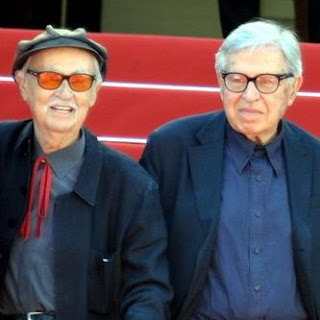 |
| Paolo Taviani (right) with his brother Vittorio. They worked as a partnership until the latter's death in 2018 |
While there, they saw Roberto Rossellini’s neorealist picture Paisan, about the Allied liberation of Italy. Its portrayal of what they described as their “own tragedy” had such a profound effect on them that they vowed to be making their own films within a decade.
Indeed, their first work, a short documentary film made in 1954 entitled San Miniato, July 1944, produced with the help of one of neorealism’s most famous scriptwriters, Cesare Zavattini, was the true story of a massacre carried out by the Nazis inside the town’s cathedral in revenge for the death of a German soldier.
They worked with the Dutch director Joris Ivens on another documentary, L'Italia non è un paese povero (Italy is Not a Poor Country), before teaming up with Valentino Orsini on two feature films, Un uomo da bruciare (A Man for Burning, 1962) and I fuorilegge del matrimonio (Outlaws of Love, 1963).
 |
| Padre Padrone (1977) was one of the brothers' most successful films |
They won praise for their literary adaptations, including in San Michele aveva un gallo (St Michael Had a Rooster, 1972), adapted from Tolstoy’s Divine and Human, and also Kaos (1984) and Tu ridi (You Laugh, 1998), both based on stories by Luigi Pirandello.
After Padre Padrone, their career reached another big moment with La notte di San Lorenzo, a wartime drama based in part on their own early lives and drawing on their own documentary, set in 1944 in a Tuscan village poised to be snatched away from the Germans by approaching US troops.
Some of their later work was less well received by they scored another major success with Caesar Must Die, an unorthodox adaptation of Julius Caesar shot inside Rebibbia prison in Rome and performed by hardened lifers, many of them former mafia and Camorra hitmen. The film won the Golden Bear at Berlin in 2012 and was selected as the Italian entry for Best Foreign Language Film at the 85th Academy Awards, although it did not make the final.
Their last work as a partnership, Una questione privata (Rainbow: A Private Affair, 2017), won an Italian Golden Globes as Best Actor for Luca Marinelli.
Still active in Italian cinema, Paolo Taviani presented a lifetime achievement award to his fellow director Martin Scorsese - at 75 some 11 years his junior - at the Rome Film Festival last month.
| Crowds at San Miniato's white truffle festival, guarded by the Tower of Federico |
San Miniato, where Taviani was born, is a charming town perched on a hill halfway between Florence and Pisa. Both cities fought to control it for two centuries. With a picturesque medieval centre built around the Fortress of Federico II and views over the Arno valley, it attracts visitors all year round but one of its busiest times is November, when the annual white truffle festival fills the streets with parades, concerts and artisan vendors. The Diocesan Museum, next to the cathedral, contains works by Filippo Lippi, Jacopo Chimenti, Neri di Bicci, Fra Bartolomeo, Frederico Cardi (known as Cigoli) and Verrocchio. The church of San Domenico has terracotta works by Luca della Robbia, a fresco attributed to Masolino da Panicale and a burial monument sculpted by Donatello.
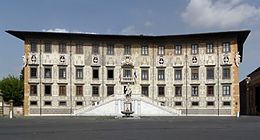 |
| The Scuola Normale Superiore in Pisa |
Pisa, once a major maritime power, is now a university city renowned for its art and architectural treasures and with a 10.5km (7 miles) circuit of 12th century walls. The Campo dei Miracoli, formerly known as Piazza del Duomo, located at the northwestern end of the city, contains the cathedral (Duomo), baptistery and famously the tilting campanile known as the Leaning Tower of Pisa, all built in black and white marble between the 11th and 14th centuries. The Scuola Normale Superiore is one of three universities in Pisa, the others being the University of Pisa and the Scuola Superiore Sant’Anna.
More reading:
Roberto Rossellini - the father of neorealism
Marcello Mastroianni - the star who immortalised the Trevi Fountain
How actress Laura Betti became Pier Paolo Pasolini's muse
Also on this day:
1830: The death of Francis I of the Two Sicilies
1936: The birth of acress Virna Lisi
1982: The birth of golfer Francesco Molinari
Home






